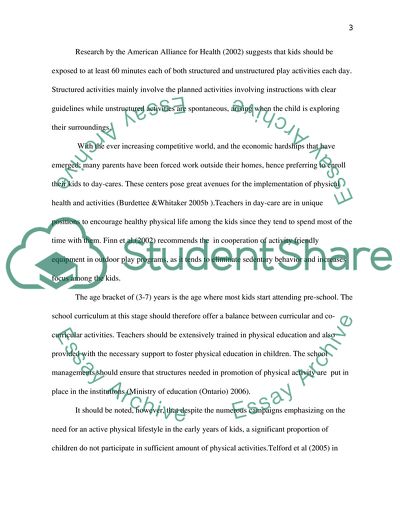Cite this document
(“What are the opinions of teachers and parents of the barriers to Literature review”, n.d.)
What are the opinions of teachers and parents of the barriers to Literature review. Retrieved from https://studentshare.org/education/1668645-what-are-the-opinions-of-teachers-and-parents-of-the-barriers-to-participation-in-physical-activity-within-the-early-years-3-7-years
What are the opinions of teachers and parents of the barriers to Literature review. Retrieved from https://studentshare.org/education/1668645-what-are-the-opinions-of-teachers-and-parents-of-the-barriers-to-participation-in-physical-activity-within-the-early-years-3-7-years
(What Are the Opinions of Teachers and Parents of the Barriers to Literature Review)
What Are the Opinions of Teachers and Parents of the Barriers to Literature Review. https://studentshare.org/education/1668645-what-are-the-opinions-of-teachers-and-parents-of-the-barriers-to-participation-in-physical-activity-within-the-early-years-3-7-years.
What Are the Opinions of Teachers and Parents of the Barriers to Literature Review. https://studentshare.org/education/1668645-what-are-the-opinions-of-teachers-and-parents-of-the-barriers-to-participation-in-physical-activity-within-the-early-years-3-7-years.
“What Are the Opinions of Teachers and Parents of the Barriers to Literature Review”, n.d. https://studentshare.org/education/1668645-what-are-the-opinions-of-teachers-and-parents-of-the-barriers-to-participation-in-physical-activity-within-the-early-years-3-7-years.


